Anxiety
 Anxiety is an emotion similar to fear but arising without any objective source of danger
It is a reaction to unknown danger
It is often defined as a state of unpleasant feeling combined with an associated feeling of impending doom or danger from within rather than from without.
It is a learned process being in response to one’s environment. As anxiety depends on the ability to imagine, it develops later than fear.
Types of AnxietyÂ
Trait Anxiety
It is a life-long pattern of anxiety as a temperament feature. These children are generally jittery, skittish and hypersensitive to stimuli.
State Anxiety
These are acute situational-bound episodes of anxiety that do not persist beyond provoking situation
Free Floating Anxiety
It is a condition of persistently anxious mood in which the cause of emotion is unknown and many other thoughts or events trigger anxiety
Situational Anxiety
It is only seen in specific situations or objects
General Anxiety
Where the individual experiences a chronic pervasive feeling of anxiousness, whatever may be the external circumstances.
Sub- Types of AnxietyÂ
Association
This is a process of classic conditioning whereby previously neutral stimuli become the cause for arousal and anxiety by pairing them with pain or the negative experiences of others.
 Attribution
Arousal is in the biological sphere
Appraisal
Here anxiety is concerned with cognition or the way we think. It involves reconstruction of negative experiences rather than positive happenings that account for the arousal of anxiety
Causes of AnxietyÂ
Uncertainty
Fear of unknown is anxiety provoking. In dental clinic, new patient’s anxiety can be due to the uncertainty they feel about what awaits them after initial first appointment checkup.
Previous Learning
In such cases, anxiety is present due to their previous learning experiences of trauma during the first visit or the learning experiences of trauma during the first visit or the learning involved in dental anxiety may have been more indirect, depending upon the experience of other people. Maternal anxiety plays an important role in the child’s anxiety level determinant. A mother with higher anxiety will have a child usually showing a negative behavior as a results of his/her high level of anxiety.
Biological Differences
Some people are more predisposed to become more anxious or to learn about anxiety responses than others due to the innate biological mechanism.
Anxiety Rating Scale
 The patient’s anxiety can be evaluated through the following scales :
1. Pictorial and Response Card
The scale evaluates the child’s fear in the dental set up in different situations such as :
-Appointment with the dentist
 -Waiting for his turn in the dentist’s office
-Dental procedures
-Lying on the bed dreaming about dentist
The scale gives  5 options graded 0 to 4, from relaxed to panic behaviour depicted by various pictures
 0-Relaxed
 1-Uneasy
 2-Feeling scared but cooperative
3-Feeling scared and uncooperative
 4-Feeling very scared , uncooperative , requires physical restraint
 Phobia
It is an irritational fear resulting in conscious avoidance of a specific feared object, activity or situation.
It may be defined as  persistant, excessive, unreasonable fear of a specific object ,activity or situation that results in a compelling desire to avoid the dreaded object.
Characteristics of Phobia
- Being out of proportion to the stimulus or situation(not age appropriate)
- Cannot be reasoned with
- Being out of voluntary control
- Persistent and inadaptable
Types of Phobia
Shelhan (1982) divided anxiety and phobia into 2 major groups :
1. Exogenous (Non-endogenous)
2. Endogenous
Non EndogenousÂ
This is a psychologically affected group which  involves situation related anticipatory anxiety symptoms such as :
- Moist palms
- Fluttery stomach
- Fine hand tremors
- Shaky inside
- Rapid heart beat
These are the symptoms seen when normal individuals are stressed or threatened. The main cause is in the external environment. It is an anxiety or phobia due to a factor “to be produced from the outside”. Thus, the individual can readily identify the etiological agent.
EndogenousÂ
This anxiety is present without any prior warning or the presence of any detectable stress situation. The cause is “to be produced from within”. This type of anxiety has a more severe cluster of symptoms such as :
- Light headedness or dizziness
- Difficulty in breathing
- Parasthesia
- Hyper-ventilation
- Chest pain
- Losing control
Phobia in ChildhoodÂ
The most common phobia in childhood is the fear of animals. This usually comes on between the age of 2 and 4 and is gone before the age of 1o years old
Another common phobia is of darkness, a fear experienced by children between the age of 4 and 6 years old. This is most likely due to the imagination of the child as to various creatures lurking out in the dark.
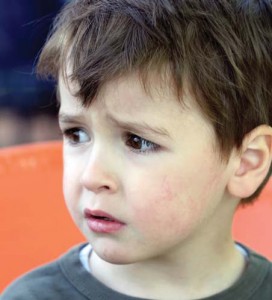
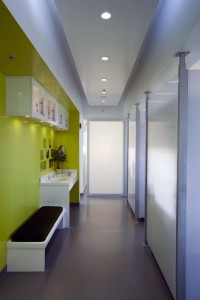
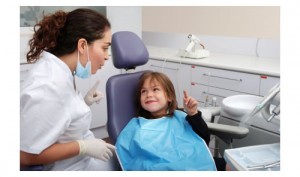
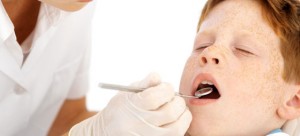
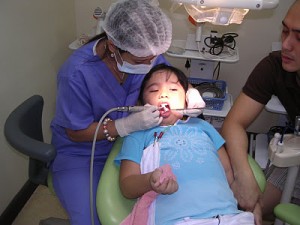

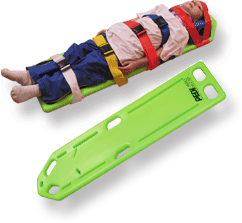
Informative and interesting article. We experience anxiety in some of our patients and articles these are always useful.